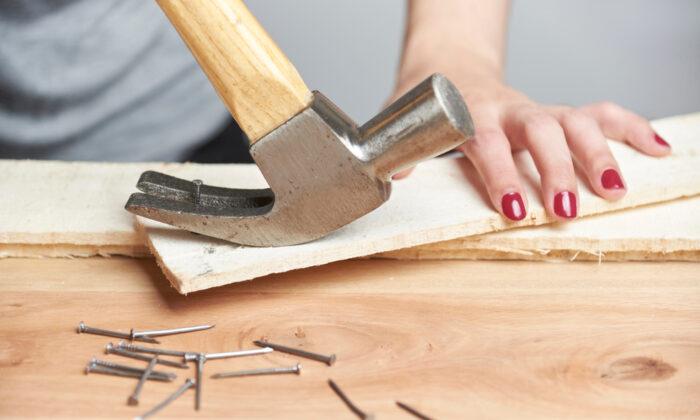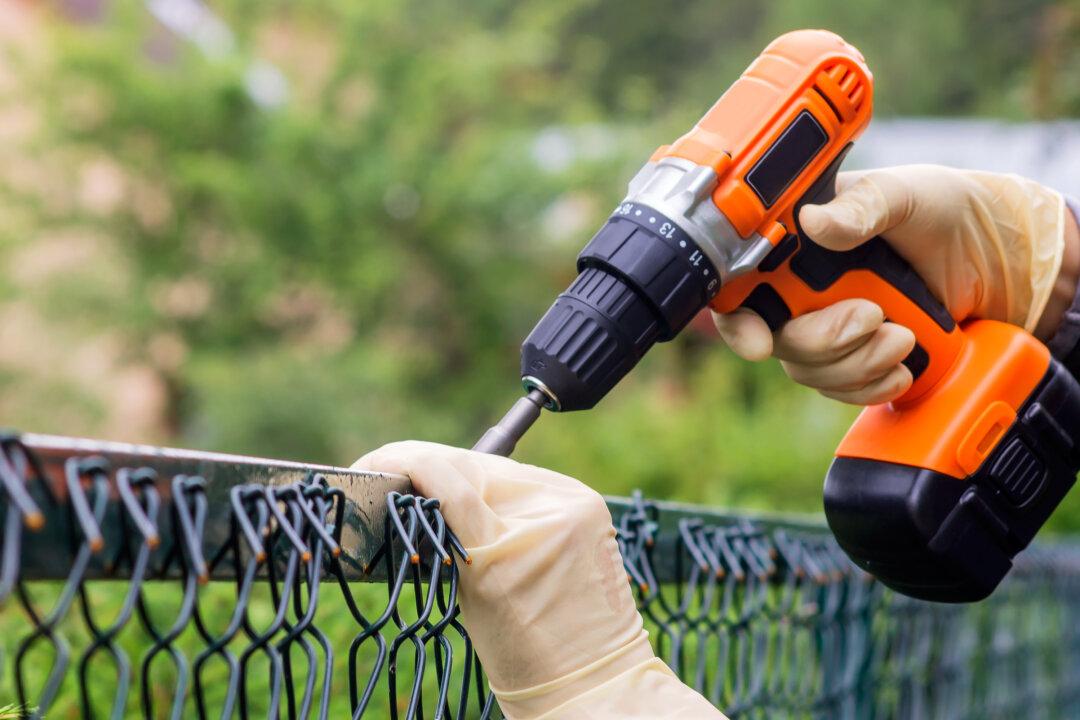Be extra cautious when removing older decorative wood trim around windows and doors. This old wood trim is often very high quality and handmade, so it may be impossible to replace it today. Also, some species of wood are now protected from commercial exploitation, and your trim wood species may no longer be available.
Extracting nails from scrap wood seems to be a simple enough task, but it’s time-consuming, so carpenters seldom take the time to do it. It is less expensive to just buy new lumber.
Actually, old lumber is better to use because it is more stable than fresh wood. Also, it already is at the normal moisture level in your house, so it won’t shrink or expand as it adjusts to your house environment.
The typical method to remove nails for old wood is with a claw hammer. If the head of the nail is sticking up from the wood surface, it is easy to slip the claw under it and pry out a short nail. Longer nails and galvanized nails may require a different technique, especially if you don’t have biceps like Arnold the Terminator.
If you remember your high school physics, think of the claw hammer as a lever. The closer the nail is pulled near the fulcrum, the easier it is to pull from the lumber. Always slide the nail shaft as far as possible into the slot in the claw hammer instead of just hooking it under the head of the nail. This can greatly reduce the pulled force required.
For long nails, it often helps to place a wood or metal block under the hammer before prying. This provides more range of motion over the hammer fulcrum. As the nail pulls out further, place a thicker block under the hammer. If you don’t use a block, after the nail pulls out so far, the hammer will be rocked enough that its head hits the wood and becomes the fulcrum. This creates a long lever action, increasing the pulling force.
Another trick for long nails, or galvanized ones that are rough and difficult to pull out, is to lever the hammer to the side instead of to the back. This shortens the distance to the fulcrum, so more pulling power can be exerted on the nail. Do this in several small steps from one side to the other to gradually pull the nail out of the wood.
Where the head of the nail is down tight into the wood surface, use a cat’s paw to get the nail started. This tool is placed against the nail head and tapped with a hammer to get under it. It does less damage to the wood than using a claw hammer.






